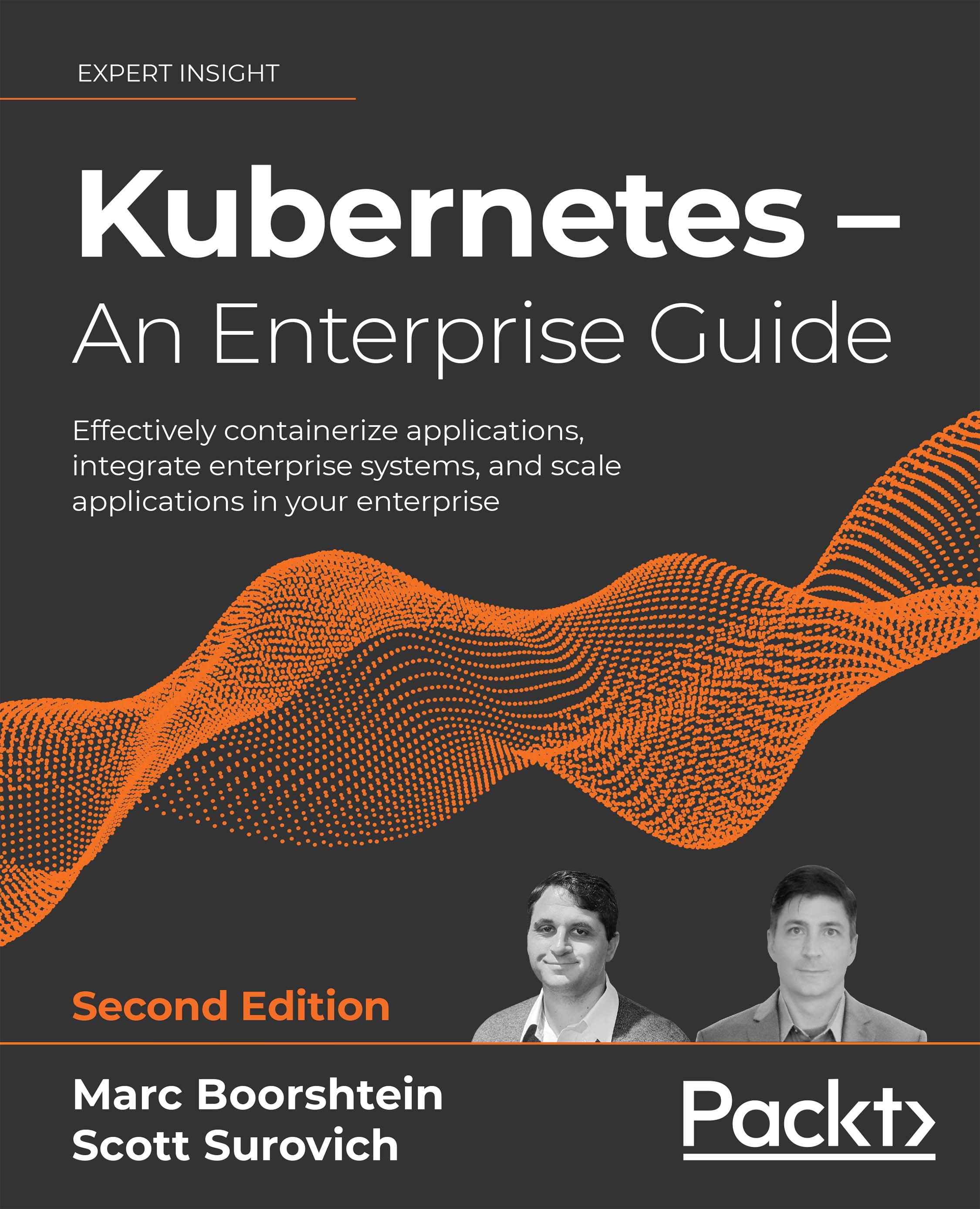An overview of Kubernetes components
In any infrastructure, it is always a good idea to understand how the systems work together to provide services. With so many installer options out there today, many Kubernetes users have not had the need to understand how Kubernetes components integrate.
A few short years ago, if you wanted to run a Kubernetes cluster, you needed to install and configure each component manually. It was a steep learning curve to install a functioning cluster, which often led to frustration, causing many people and companies to say "Kubernetes is just too difficult." The advantage of installing manually was that you truly understood how each component interacted, and if your cluster ran into issues after installation, you knew what to look for.
Nowadays, most people will click a button on a cloud provider and have a fully functioning Kubernetes cluster in minutes. On-premises installations have become just as easy, with options from Google, Red...
































































